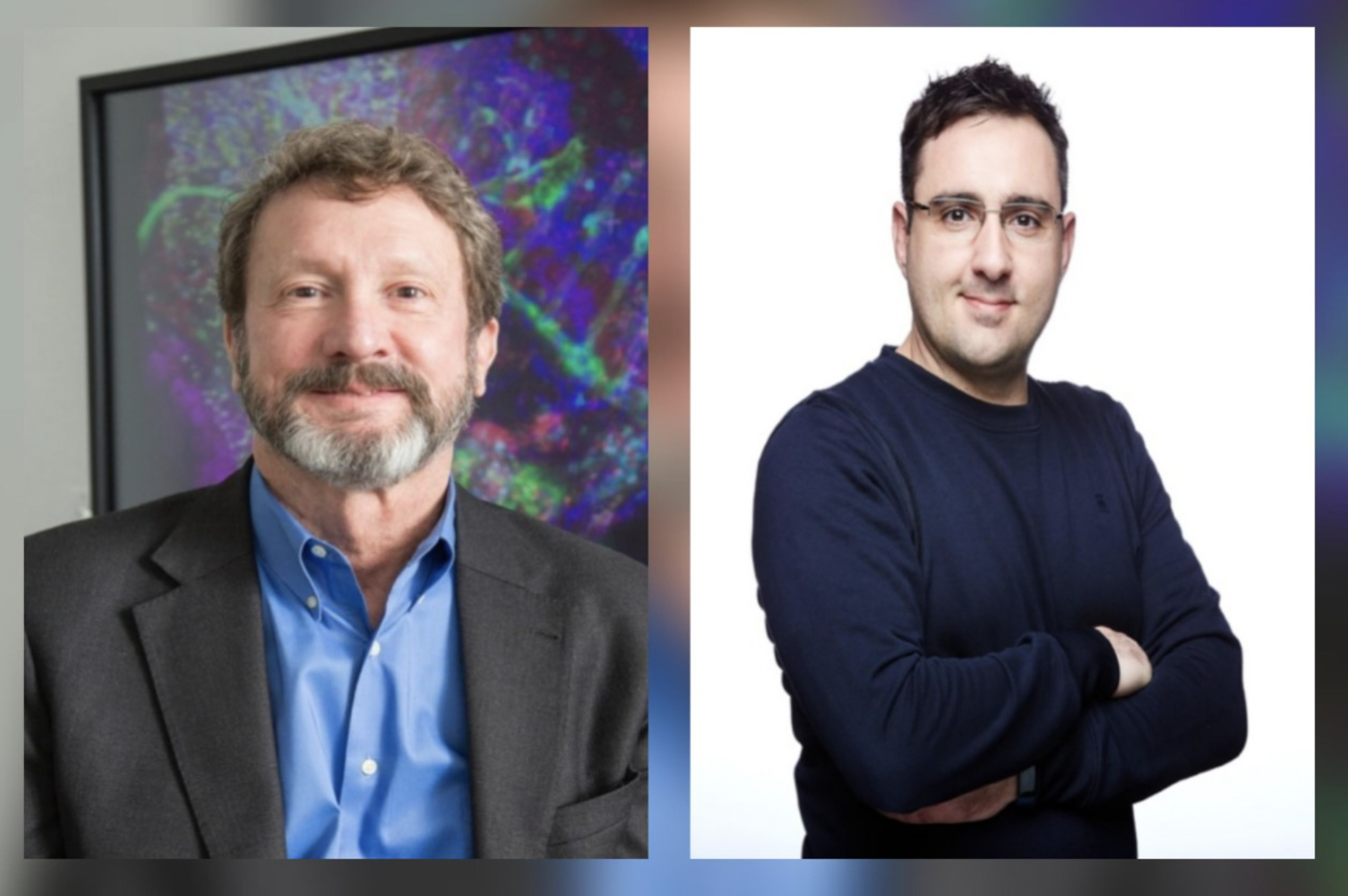BY Chandrea Miller
USC researchers Scott Fraser and Francesco Cutrale have developed software that accelerates the translation of scientific data and revolutionizes how labs collectively target, gather and sequence information to conduct genetic tests and deliver life-saving diagnoses.
Coming out of the USC’s Translational Imaging Center, the cross-disciplinary technological advancement gathers and measures information across all fields and revolutionizes how data is read, interpreted and applied from one single information point of technology.
“It’s the one-stop shopping of software,” said Scott Fraser, Provost Professor of Biological Sciences and Biomedical Engineering. “It’s basically a suite of technologies from computer programs to optical instruments and this fully integrated technology is able to jointly refine, integrate, and interpret practical data for faster workflow inside or outside of the lab.”
The research bridges microscopy technologies with medical applications making the invisible visible. The goal is to increase doctors’ toolkits and improve patients’ clinical outcome.
“We harness information from light’s interaction with biological tissues by expanding our dimensions of observation in the domain of fluorescence, wavelength and lifetime,”said Francesco Cutrale, Director of Computation and Image Processing, USC Translational Imaging Center. “We overcome the standard perception limits for human eyes, often exploring 4- and 5-Dimensional datasets that capture colors indistinguishable to our senses but critical in discerning subtle differences in living tissues that offer better biomedical insights and clinical diagnostics.”
The process is twofold: invent the tools to harness this data, then devise the algorithms, principles and artificial intelligence to extract the information.
“The result would produce rapid and meaningful results,” Cutrale said.
Results that could be life-saving, from discovering early-stage cancerous lesions to facilitating the identification of malignant cells and reducing the re-occurences of cancer.
In addition, this revolutionary technology is non-invasive.
“We designed novel technology capable of reconstructing the information of tissues five millimeters below the surface,” Cutrale said. “This would mean contact-free imaging.”
The standard technology in this domain of research requires complex and expensive instrumentation combined with challenging analyses, but this new technology greatly simplifies both the instrument and analysis requirements.
“We shrunk equipment from the size of a half-room to a hand-held device and we simplified analysis that previously required cloud computing to outperform on a simple mobile device,” Fraser said. “These pocket-size microscopy-to-medical tools are a perfect fit for doctors visiting patients.”
And the next step for this dream team of researchers?
“To use artificial intelligence to further connect medical with the consumer,” Cutrale said. “To create a distributed medical tool that can be available in every household, enabling quantitative medical imaging on a large scale, statistically enhanced personalized medicine and tele-health.”
Fraser and Cutrale said their hope for this research is to democratize access to otherwise prohibitive technology with the potential of improving the quality of life for many.

“I think this will forever change how research results are obtained and translated,” Fraser said. “The new process will transform the future of biological and scientific discovery.”
Their work is extremely versatile with current applications of the same algorithms in the agricultural, energy and high-tech fields.
